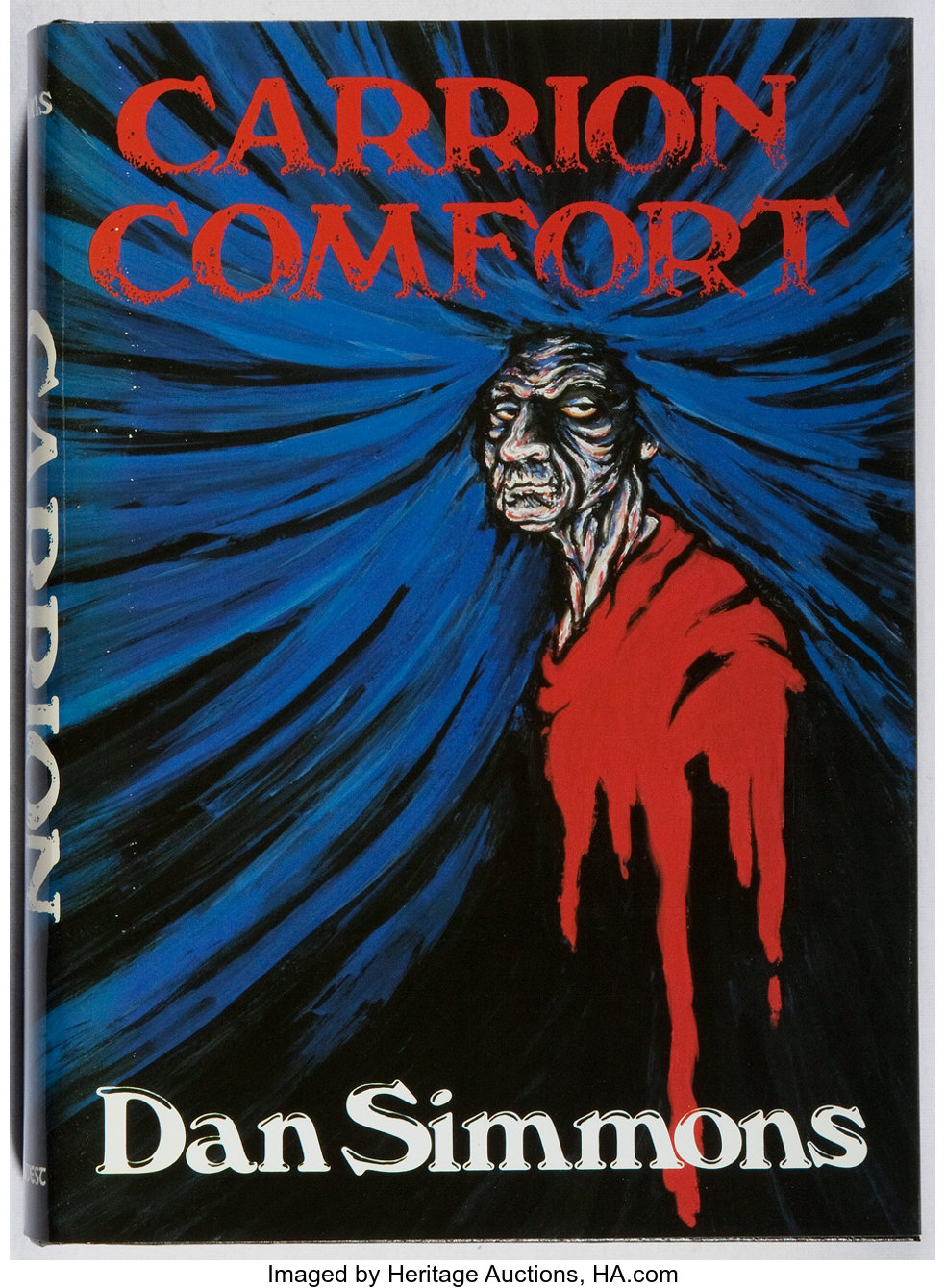Setting aside the books written under the house name of Ellery Queen, noted SF Grandmaster, Jack Vance, wrote nearly a dozen straight mystery novels. The same tropes from mystery/detective stories appeared in his SF works, from the short stories featuring Magnus Ridolph, to his Gallactic Effectuator novellas, and even his five-novel Demon Prince books, but it was under names other than “Jack Vance” that he wrote what I’d consider the pure mysteries.
The books I consider pure mysteries are: The Deadly Isles, The Man in the Cage, The Dark Ocean, The View from Chickweed’s Window, The House on Lily Street, Strange Notions, The Dark Ocean, The Fox Valley Murders, The Pleasant Grove Murders, Bird Isle, and Take My Face. Arguments can be made for other books (Bad Ronald, for example), and possible some of these might be considered not pure enough (The House on Lily Street). Both these last novels are interesting because they are told from the viewpoint of evil people, although I’m possibly spoiling something here with The House on Lily Street.
In many of these books, the main character (and often the reader) doesn’t know the identity of the antagonist. Even in The Deadly Isles, when the protagonist is well-aware of the identify of the man who tried to kill him, neither he nor the reader is aware of that person’s accomplice. Like with Agatha Christie’s books, we learn the true identity of the murderer at the end. It’s a delicious tease, and almost never fails to surprise.
Both The Fox Valley Murders and The Pleasant Grove Murders feature a police detective, or rather sherrif, and thus represent The Law. The other books feature private individuals forced to become detectives to uncover nefarious deeds and evil motives. Murder is so easy that even a housewife can kill, when pushed in a certain direction. Hardened criminals exist as well; they occur elsewhere in his fiction as well, shrugging off ethics and scruples as if these elements do not matter in the grand scheme of things. We find all sorts of people in Vance’s stories, across the spectrum of good and evil. There’s a healthy mix of the in-between, but he doesn’t shy away from portraying people on the far end of the evil spectrum.
Although Jack Vance achieved some success in the fields of science fiction and fantasy, his mystery books were generally published under assumed names, or his real name—John Holbrook Vance. They therefore found little success. The original books are rare; reprints were published by small press publishers such as Underwood-Miller or Subterranean Press in limited editions. Even these latter editions now are hard to find, and often fetch premium prices on the collector’s market. As Vance didn’t make a career out of writing mysteries, no doubt few modern publishers would be interested in releasing mass market editions of his books, so aficionados are left with limited opportunities to read his books.
How well do they age? The Deadly Isles, which is set among islands in the Pacific and on that ocean itself, is artifact of a bygone age. Progress has long since caught up with these distant places. The tale itself is one deeply-rooted in human motivations. It comes down to love or lucre, at the end, as P.D. James once wrote. The other books are in the same category, but then so are most books, they are products of their times. The Fox Valley Murders and The Pleasant Grove Murders take place in an invented county in Northern California, and today seems almost as alien as any science fiction work. The View from Chickweed’s Window is a tale of revenge, and so perhaps one might call Take My Face. The Dark Ocean, set on a steamer heading down the California coast and through the Panama Canal, might be one of the tensest books, taking place mostly aboard the steamer, with characters trapped together. Bird Isle reads almost like a Wodehousian farce, as does some of the characters in other books. Humor in Vance’s books tends to be incidental, though, aside from those Magnus Rudolph stories. Aside from occasional lines here and there, none of what he writes even approaches the chuckles of a Jeeves and Wooster tale.
All in all, anyone who enjoys classical mystery novels will enjoy these books. The style in these books is uniquely Vance. Sometimes the plots are repetitive, and the question as to the identity of the murderer too akin a Hercule Poirot book. I’ve read all of them multiple times (aside from Bad Ronald, which for some reason I feel I will never read a second time; it was just too evil), and even though I know the plots, part of the appeal is the color and texture of the characters and the language.
